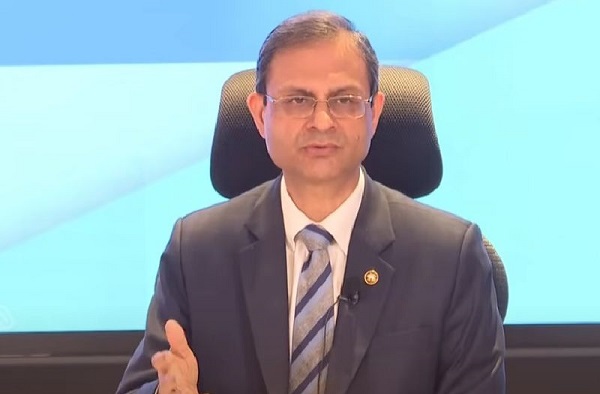.png)
Mint Owl tracks markets and policy with a steady eye, offering clear analysis on the choices shaping India’s economy and financial system.
November 25, 2025 at 2:38 AM IST
Central banks increasingly communicate policy through cadence rather than shock. Markets respond not only to the content of a speech or the direction of a regulation but also to its timing, tone and continuity with past practice. When these elements move in step, communication becomes an asset. When they drift, the effect may appear modest at first but gradually reshapes how policy signals are absorbed.
The Reserve Bank of India has historically understood this well. Over the past decade, it has built a communications architecture that kept pace with global standards. Regular release windows, dependable dissemination practices, and a willingness to broaden access during the pandemic created an ecosystem in which policy cues were easy to track and widely available. This foundation strengthened expectations management at a time when monetary policy itself was shifting towards a more formal inflation-targeting regime.
The recent pattern appears less aligned with that earlier discipline. The delayed publication of the Governor’s lecture at the Delhi School of Economics offered one reminder. The event itself was constructive: students engaged with the Governor, the questions were thoughtful, and the interaction reflected the Reserve Bank’s longstanding academic links. Yet the speech was released only after a considerable delay, even though the event took place during market hours.
It was the sort of engagement that benefits from being accessible in near real time through a webcast, not because markets react sharply to every remark but because timely dissemination affirms the principle of equal access. That was the practice until recently, when speeches and transcripts were routinely streamed or posted without delay.
The concern extends beyond a single event. In recent months, several releases have appeared well after the close of the working day. This was raised in a post-policy press interaction, where journalists pointed out that regulatory updates and bulletins had begun arriving erratically late. The Governor acknowledged the issue and indicated that future releases would follow a 6 pm window. The commitment was clear, although implementation has been uneven at best. In a system where communication carries policy intent, even small departures from a stated rhythm can create uncertainty.
The issue is not that late uploads materially change market outcomes. Rather, they change the experience of tracking the central bank. A communication framework that was once smooth, structured and quietly efficient now feels less certain. The shift may stem from operational pressures, competing priorities, or simple resource constraints. Whatever the reason, the outcome is the same: communication that had grown more open and modern has become more procedural, less immediate and less attuned to the expectations of those who rely on it.
Yet this is precisely the moment when the RBI would benefit from reaffirming its earlier strengths. Engagements such as the one at DSE are valuable, and their impact increases when they reach a wider audience without delay. Likewise, the 6 pm window can become a stabilising anchor if followed consistently. Neither step requires reinvention; they simply build on systems the RBI already created.
Communication remains central to how policy is interpreted. A renewed emphasis on clarity, timing and accessibility would restore the quiet coherence that once defined the Reserve Bank’s approach, and would serve it well as the policy environment grows more complex.




